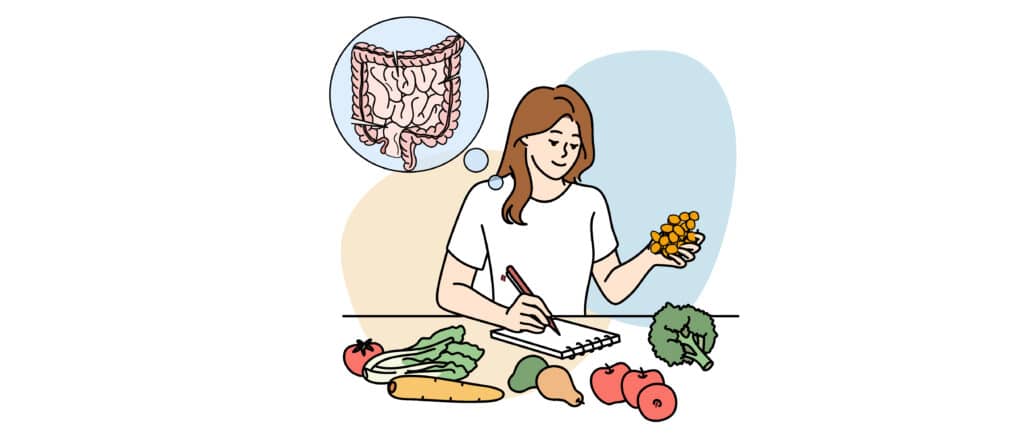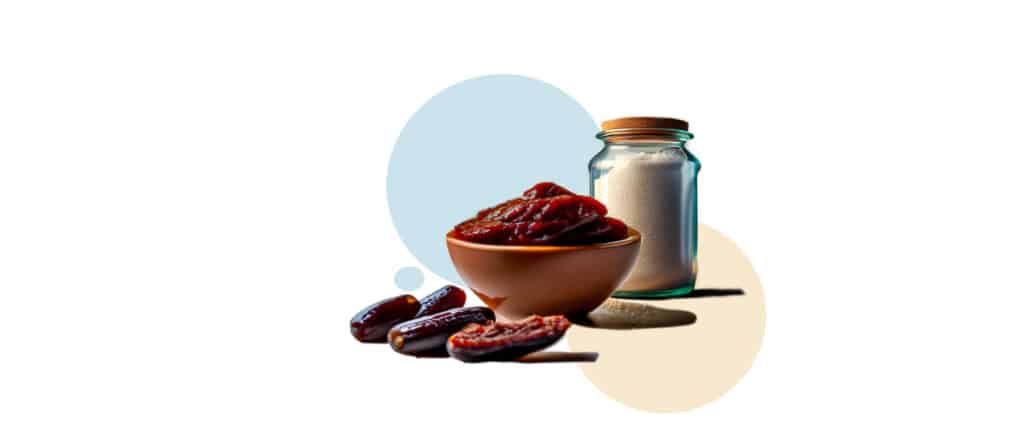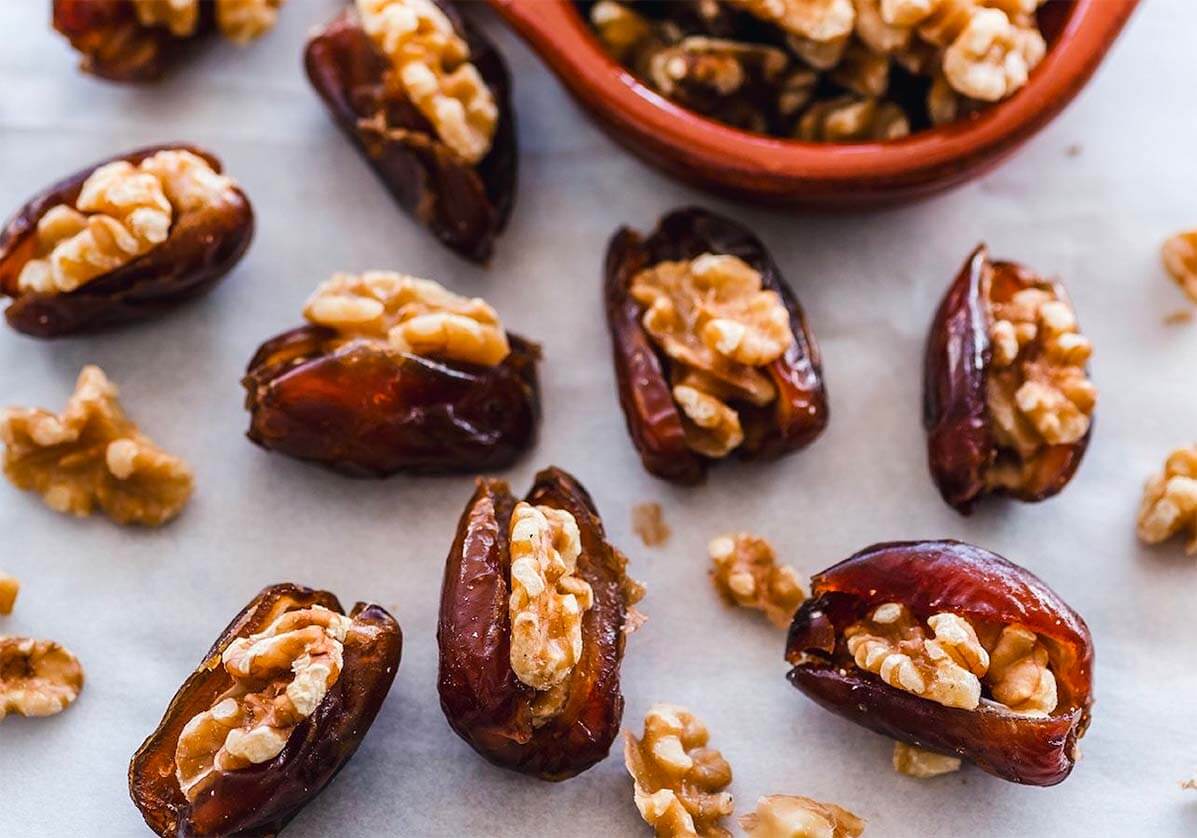Empowering Birth: Unlocking the Benefits of Dates for Natural Labor and Delivery
- Date Benefits & Uses
- January 14, 2022
- 6 minutes read
Labor, usually naturally occurring, may also be induced, sometimes through eating specific foods such as dates.
- Eating dates for natural labor have been experimentally shown to induce labor and speed up the delivery rate.
- It is best to try and use foods to induce labor after 39 weeks of gestation.
- Before attempting to induce labor, it is best to speak to a medical professional.
INTRODUCTION:
Labor is a natural process where a series of uterus contractions and cervical dilatiation allows the baby to move through the birth canal. The placenta too is delivered from the body in this manner. In some instances, the baby can be delivered by cesarean (surgical) delivery when a vaginal birth is impossible.
Each woman will experience labor differently, but there are several common signs. These include mucus with blood expelled from the vagina, contractions at intervals of less than 10 minutes (increasing in frequency as labor progresses), and rupture of the amniotic sac that causes the fluid to come out of the vagina. If a woman believes she may have entered labor, it is best to call a healthcare provider.
Dates for Natural Labor
While labor naturally occurs, it can also be induced. One way of inducing labor could be through the foods you eat. Several foods are known for inducing labor, including dates and spicy foods. Dates come from the date palm tree and are high in fiber and antioxidants. Research has shown that they may help to induce or speed up labor. In one study, women who ate dates four weeks before their due date were less likely to be induced. Another study also suggests that dates may lower the amount of time spent in labor or lower the need for oxytocin injection to speed up delivery.
While many other foods have been thought to induce labor, no studies have proven these claims.
However, there is evidence to suggest that dates may aid in inducing labor. In some studies, eating high-fiber fruits increased the delivery rate and reduced the need for external intervention to speed labor along. In most instances, consuming dates for natural labor when nearing or at full-term of pregnancy will not be harmful to the mother or baby. One study found it to be safe for both the mother and the baby to eat dates during the late stage of pregnancy. However, it is best to discuss this with a doctor or midwife if you are concerned.
In addition to eating specific foods, labor can be induced through other things; exercising, sex, acupuncture methods, or even the use of castor oil. However, waiting and going to your doctor may be the best course of action, rather than relying on such anecdotal evidence.
Depending on how long you have been pregnant, your doctor may want you to wait before inducing labor. It is typically recommended to skip inductions that are not medically necessary before 39 weeks of gestation. A doctor will likely want you to keep an eye out for signs that labor is on its way. These include diarrhea, loss of the mucus plug, and water breaking. It is also best to be aware of the onset of any contractions. If at 39 weeks, your body is not ready to deliver, it may be ideal to wait another week. However, if any particular concerns arise, discuss with your doctor or healthcare provider instead of attempting induction on your own. This is risky and possibly harmful for you and the unborn child.
CONCLUSION:
Labor is a natural process that averages around 39 weeks of pregnancy. Though the onset of labor is typically a natural process, external intervention may be required in some instances. The healthcare provider will have to opt for artificial induction of labor. In addition to medical intervention, other methods are sometimes recommended. These include eating certain foods such as dates or exercising. Before trying to induce labor, it is best to seek counsel from your doctor or midwife.
SCIENTIFIC INFORMATION:
- Labor: The delivery process of an unborn baby through the vagina and birth canal. In some instances, a cesarean (surgical) section is performed instead.
- Induction: stimulation of uterine contractions during pregnancy before labor naturally occurs to allow for vaginal birth. It can be done through medical intervention if there is a medical indication.
- Gestation: the process of carrying a baby in the womb from conception to birth.









